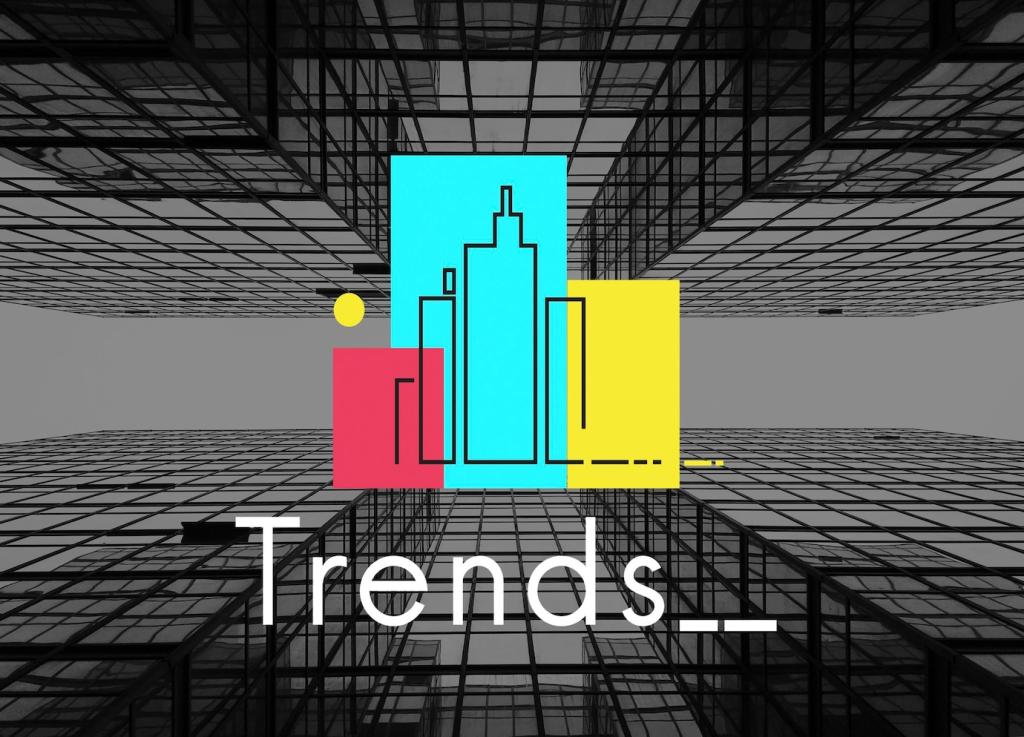This website uses cookies so that we can provide you with the best user experience possible. Cookie information is stored in your browser and performs functions such as recognising you when you return to our website and helping our team to understand which sections of the website you find most interesting and useful.

Advancements in Hydroponic Systems for Urban Farming
The rapid growth of urban populations has intensified the need for innovative food production methods within city environments. Hydroponics, a soil-less plant cultivation technique, has emerged as a transformative solution for urban agriculture. Its adaptability, efficiency, and sustainability make it an ideal choice for densely populated areas where arable land is scarce. Recent advancements in hydroponic systems have further enhanced their viability, cost-effectiveness, and productivity, making urban farming more accessible than ever before. This exploration delves into the latest technological breakthroughs, system optimizations, and integration strategies that are revolutionizing hydroponic urban farming. Discover how these advancements are addressing environmental, economic, and social challenges, paving the way for a greener, self-sustaining urban future.
Smart Automation and Digital Monitoring
IoT-Integrated Hydroponic Controls
Automated Nutrient Delivery Systems
Cloud-Based Data Analytics
Energy-Efficient Lighting Solutions
LED Grow Light Innovations
Adaptive Lighting Algorithms
Low-Carbon, Renewable-Powered Systems
Compact Vertical Farming Designs
Sustainable Water Management Approaches

Breeding for Controlled-Environment Adaptation
Cell Culture and Micropropagation Technologies
Nutritional Enhancement through Biofortification


